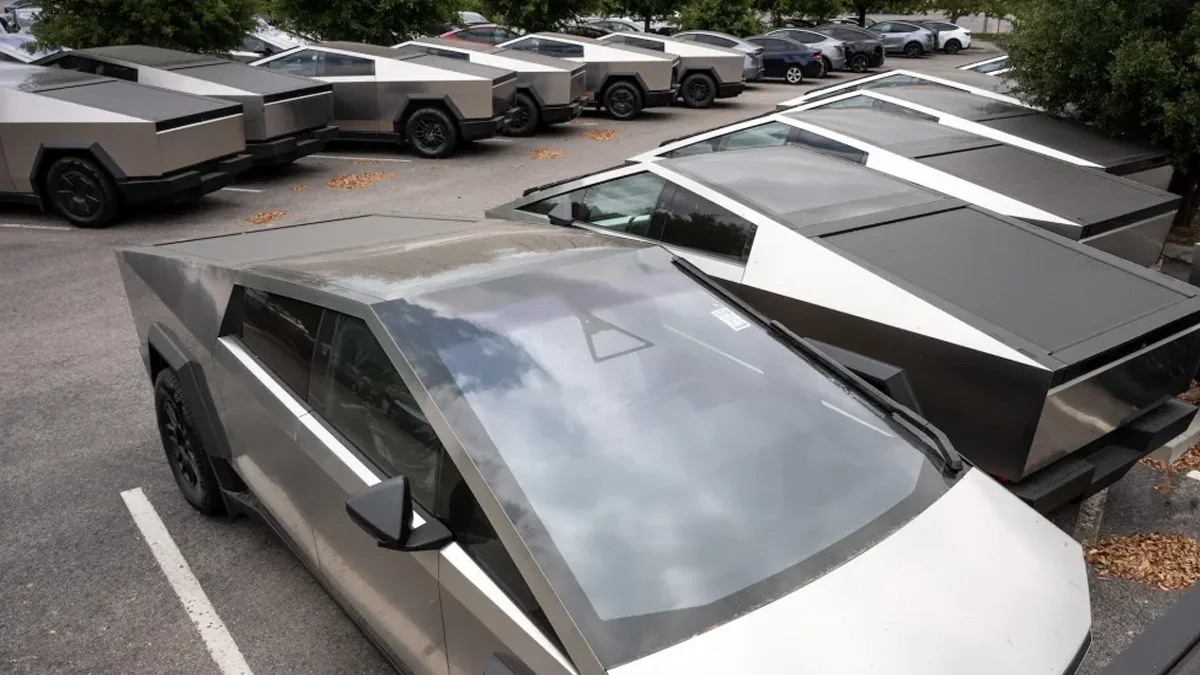Necessary Always Active
Necessary cookies are required to enable the basic features of this site, such as providing secure log-in or adjusting your consent preferences. These cookies do not store any personally identifiable data.
|
||||||
|
||||||
|
||||||
|

Tesla’s operating income fell in the second quarter of 2025 as the company faced weaker demand for its electric vehicles and less cash from regulatory credits, TechCrunch reported. Even with a 17% revenue bump in its services segment, from by its Supercharging network, the gains weren’t enough to offset the broader decline.
On Wednesday, Tesla reported $22.5 billion in revenue for the quarter, down 12% from the same period last year. However, it marked an improvement from Q1, when revenue came in at $19.3 billion and narrowly exceeded analysts’ expectations.
Tesla posted a net income of $1.17 billion in the second quarter, reflecting a 16% drop from the $1.4 billion it earned during the same time last year. Still, this marks a recovery from Q1 2025, when Tesla reported $409 million in net income.
The fall in Tesla’s EV sales continues to be a major concern. The company sold fewer electric vehicles compared to the same quarter last year. Lower sales volumes, combined with ongoing price cuts in key markets like China and the US, reduced the company’s margins. These discounts were meant to maintain market share, but ended up pulling overall revenue down.
As a result, Tesla’s profit slumped in Q2, with net income falling more than 20% compared to the same period in 2024. Analysts say this is the third consecutive quarter of profit pressure, driven largely by falling deliveries and rising competition from legacy automakers and Chinese EV firms.
Tesla has traditionally relied on selling regulatory credits to other automakers to support its bottom line. But in the second quarter, this revenue stream dropped sharply. The decline in credit sales hit the company’s earnings hard, as it lost a major cushion that previously softened the blow of falling car prices.
This shift underscores a broader industry trend as more automakers are now making their EVs and no longer need to purchase as many emissions credits. This leaves Tesla more exposed to market fluctuations and less able to rely on external revenue streams.
Additionally, the California Department of Motor Vehicles has kicked off a hearing this week, pushing to revoke Tesla’s license to sell vehicles in the state. The agency claims Tesla misled buyers by marketing its Autopilot and Full Self-Driving (FSD) systems in a way that overstates their capabilities.
Tesla reported a decline in revenue, falling by roughly 8% from the previous quarter. The drop was tied directly to lower vehicle deliveries and smaller contributions from other business lines like solar and energy storage.
Tesla’s operating income fell in Q2 2025 due to weaker EV sales and a steep drop in regulatory credit revenue. With increased pressure from global competitors and shifting market dynamics, Tesla faces a critical period where it must balance near-term financial health with long-term innovation.
The company said in its shareholder letter, “Q2 2025 was a seminal point in Tesla’s history: the beginning of our transition from leading the electric vehicle and renewable energy industries to also becoming a leader in AI, robotics and related services.”